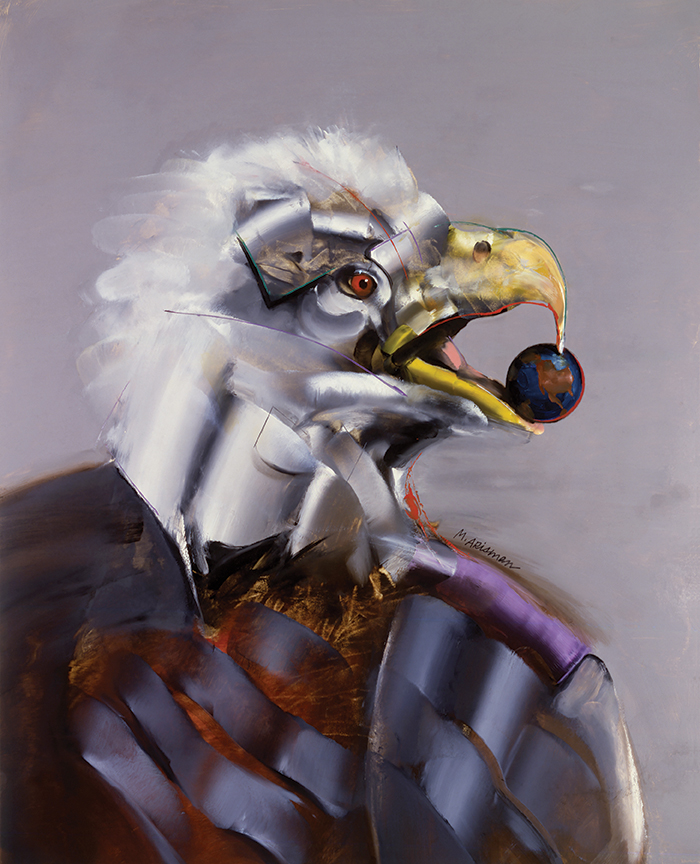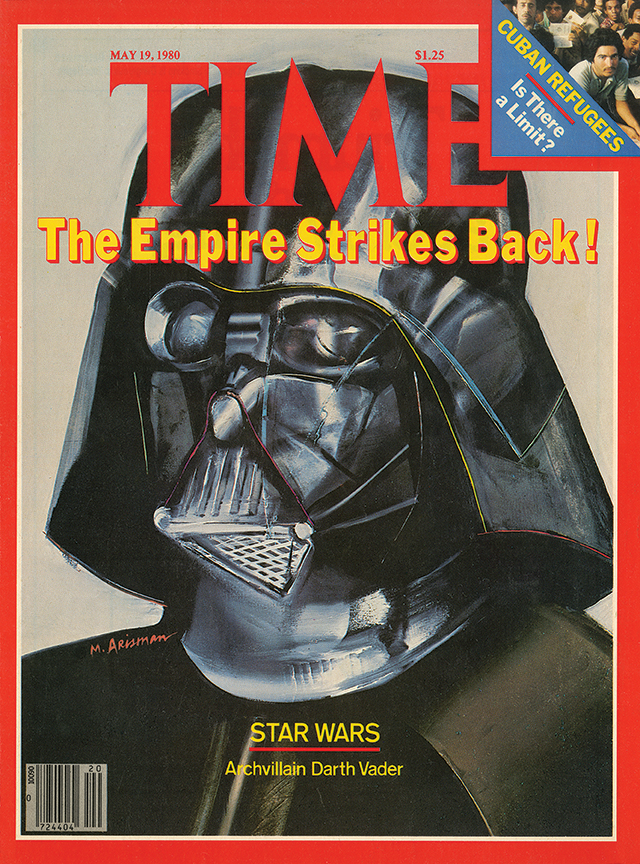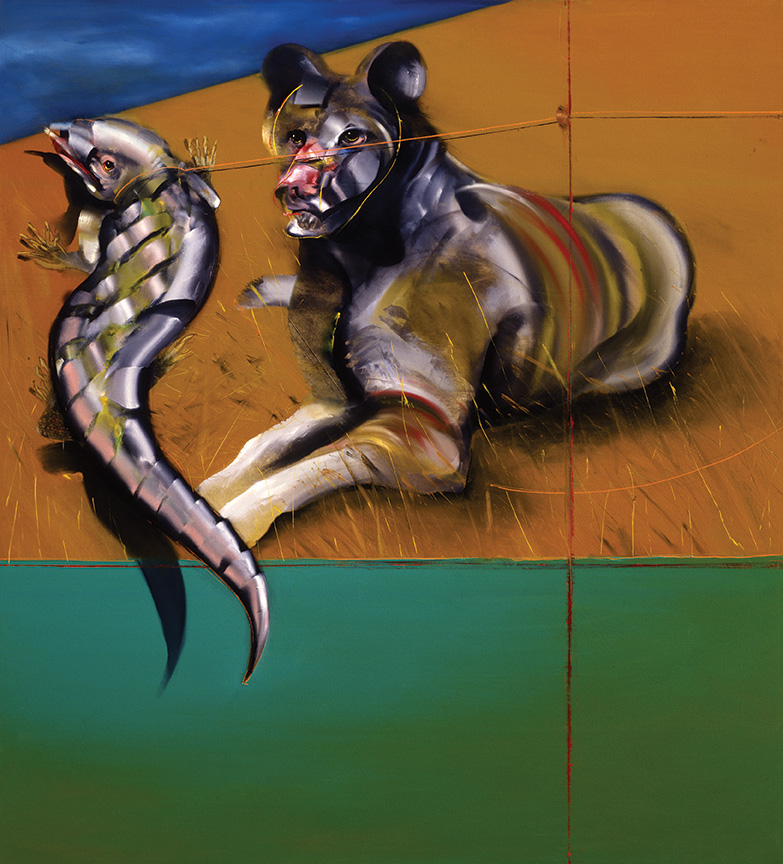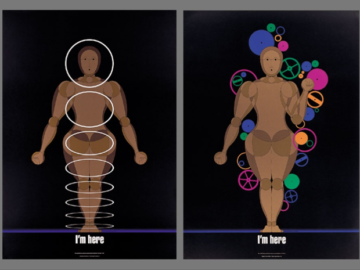“I have been to a number of Marshall’s fine art painting exhibition’s in the past, and each time I was blown away with his work. He was totally original, having copied no one. His paintings arrested me with his use of vibrant colors and intricate details that he delved into given his mastery of the brush. His black and white ink drawings were extremely violent, and all came from deep spaces within him. To meet him was to know that he was a total antithesis to his paintings. He was very quiet, soft-spoken, and without any arrogance. I asked him a few times where all of this came from and his response was a small smile on his face. His work is deservedly in major museums within his own lifetime, which doesn’t always happen to many artists. I am grateful that we managed a story on him in Graphis Journal #372 before his untimely passing. I had hoped to have taken him out for dinner with an early copy of the Journal when I received it. He was one year younger than me, and both of us were at an age when friends and family leave us. I will dearly miss him.” -B. Martin Pedersen, Creative Director, Graphis
It was with heavy hearts that we learned of the passing of Marshall Arisman, a Graphis Master illustrator and fine artist, on April 22, at the age of 84.
Born in Jamestown, New York, on Oct. 14, 1938, Arisman grew up on a dairy farm in western New York. Interested in art from a young age, he earned a degree in graphic design from Pratt in 1960. He then, after an obligatory stint in military service, began his career at General Motors.
He soon tired of addressing client problems in his work, so he left GM to launch his career in illustration—honing in on drawing and painting as his primary media. He began with subjects he knew well from his childhood: cows, deer, guns, and as the grandson of a famous medium, psychic phenomena. These topics remained a source of inspiration for him, appearing consistently in his work across the decades.

Apart from his internationally recognized work in illustration and fine art, Arisman left his mark on academia as well, over five decades at the School of Visual Arts. He began there in 1970 as the undergraduate chair of illustration and cartooning, then in 1984 launched the now-renowned MFA in Illustration as Visual Essay program, focusing on a principle of lifelong importance to him: illustration as a medium for storytelling. His motto for the program was that storytellers need someone to tell their story to, and thus began the relationship between illustrator and client.

Arisman’s moody, psyche-probing illustration work (which was often quite dark, in stark contrast to his quietly effervescent demeanor) became ubiquitous in such renowned publications as The New York Times, Playboy, Time, and Esquire. His fine art is also in the collections of numerous international art museums, including the Metropolitan Museum of Art. “The March 1981 cover of Time, ‘The Curse of Violent Crime,’ was my introduction to Marshall Arisman,” recalls graphic designer and art director Fred Woodward. “I saw demons held captive by printer varnish, barely trapped in the surface of a master painter’s knifed oils. It scared me. It seduced me. I’d never seen anything like it, not even in nightmares, and certainly never on the cover of an American magazine. Who could be that brave?”






